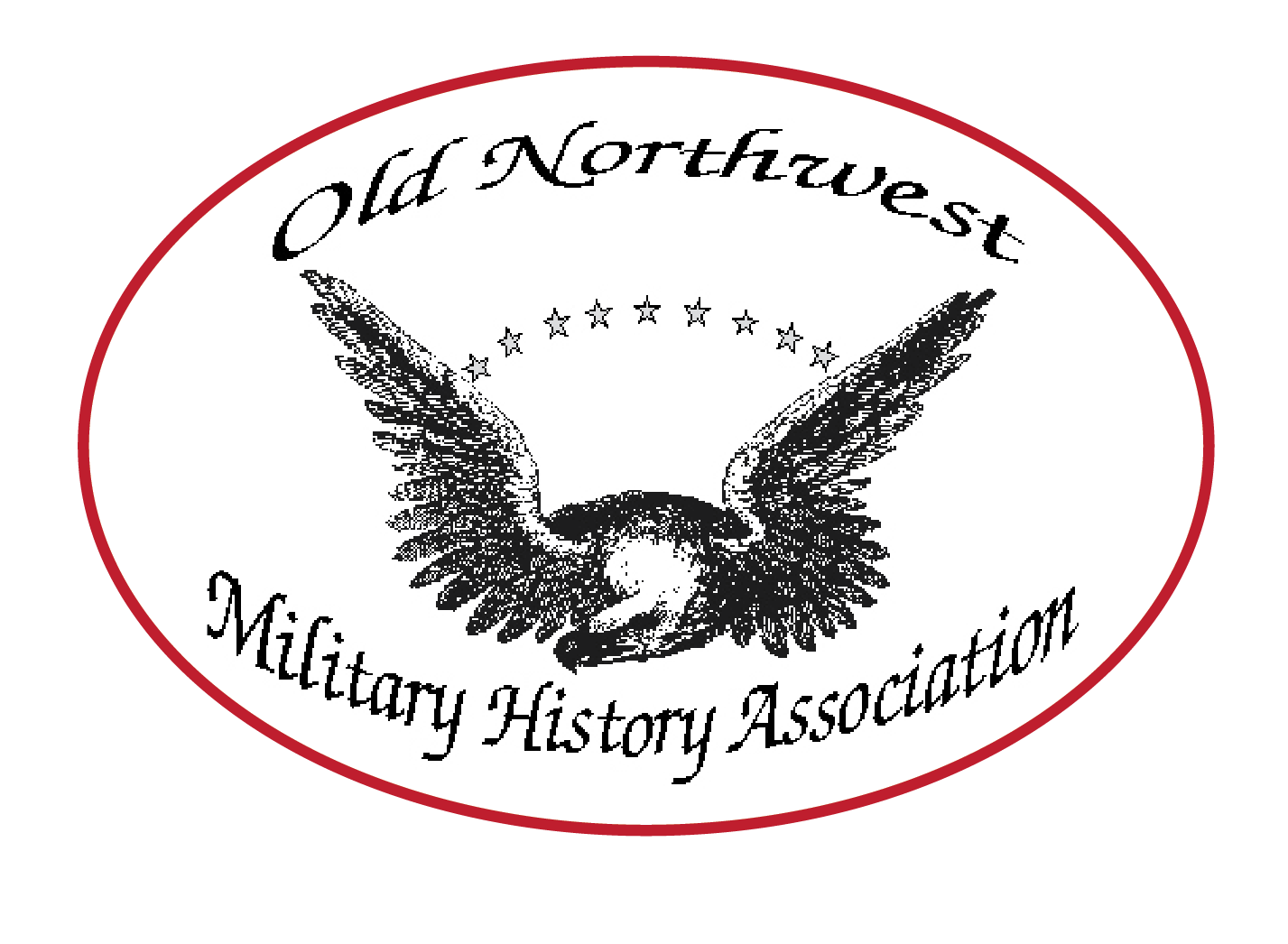Camp Safety
All members should be familiar with, and comply with, the Fort Meigs safety requirements.
When visiting other sites, members will always comply with local safety requirements.
OMNHA members will follow the general safety practices in the absence of site guidance.
Camp Safety
Set up camp fires and Braziers out of high traffic areas of the camp (company streets, public
viewing areas. At least one fire bucket for each fire. In the event of a fire alarm in camp all
members shall assemble at the company parade in front of camp. The senior NCO present is
responsible to ensure all members are accounted for.
Knives and edged weapons should be kept in sheaths or scabbards when not in use. Visitors
should not be allowed to handle edged weapons unsupervised.
If severe weather is expected, stow all loose items, check tent stakes and ropes, install storm
ropes if available and consider striking flys. Follow site staff directions for sheltering.
Report all injuries to the local site staff and the senior member present.
In the event of a medical emergency, assess the situation, do not move the injured person
unless vital to their safety. Render first aid if qualified.
Send a member or visitor to Call medical authorities at 911.
1. Advise them of the exact location of the injured person.
2. Provide a call back telephone number.
3. Provide any details of the injury or illness.
4. Notify site staff as soon as possible
Gunpowder Safety
Black powder, or gunpowder, is an explosive material made by combining sulfur, charcoal, and
potassium nitrate (saltpeter). OMNHA maintains stores of black powder for use in military
demonstrations and programs. In general, members of the public are not permitted to handle
Black powder.
At all times:
Store in approved, non-sparking containers in a cool, dry place.
Keep away from children.
Avoid impact, friction, heat, sparks and open flame.
Prevent contact with smoking material.
Keep containers tightly closed when not in use
Comply with local site black powder safety requirements
OMNHA uses four types of standard powder, all based on the size of the grain. These types
are Fg, FFg, FFFg, and FFFFg. These types will sometimes be abbreviated as 1F, 2F, etc. The
higher the number, the finer the grain of powder. 1F is very coarse and used only in cannons.
2F is used in cannons and muskets. 3F is used in muskets, rifles, and pistols. 4F is similar in
consistency to talcum powder and is used only for priming cannons, rifles, and pistols.
Gunpowder Storage & Handling
Bulk gunpowder shall be stored in approved double locked magazines. Magazine keys are
controlled by the military committee chairperson or designee. Prepared Musket and Artillery
cartridges shall be stored in non-sparking ammunition containers. When not in the possession of
ONMHA members, ammunition containers must be kept in a locked artillery trail box, vehicle, or
building. Unused Musket cartridges should be returned to the ammunition contain at the end
of each event day.
Filling of Musket and Artillery Cartridges must be performed in a designated magazine area
under the direct supervision of a company officer, sergeant, or site staff. Spilled powder,
partial, or broken rounds are cleaned up and flushed with water for disposal.
